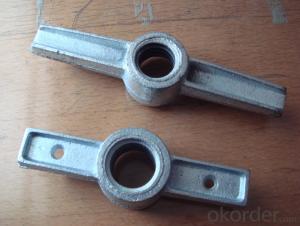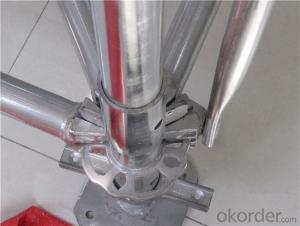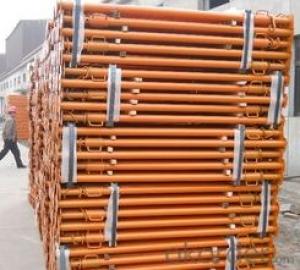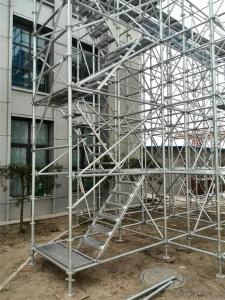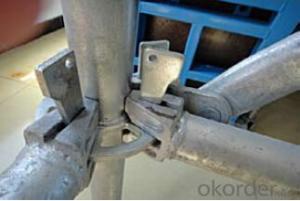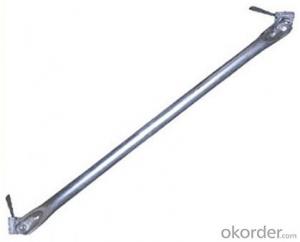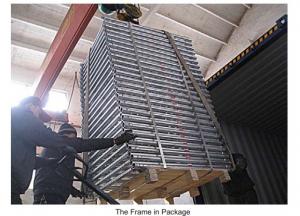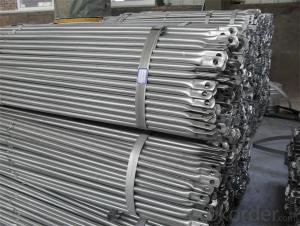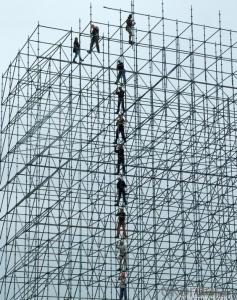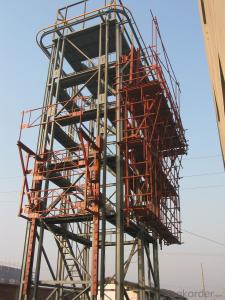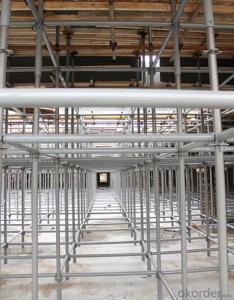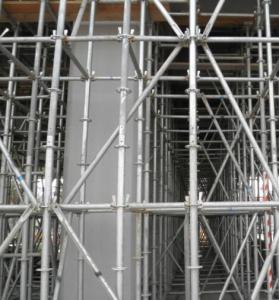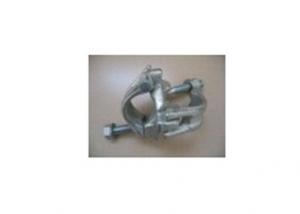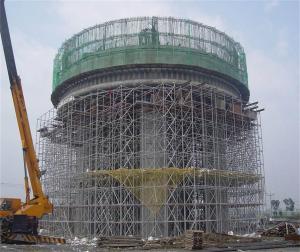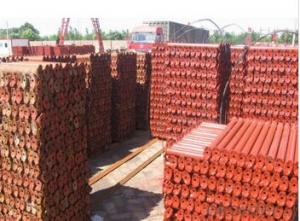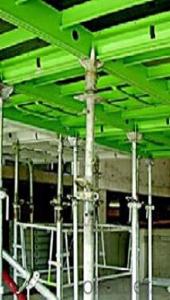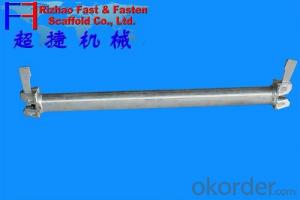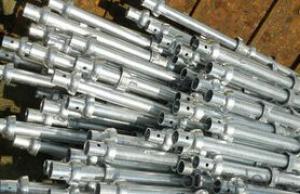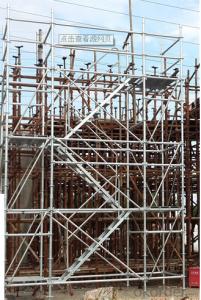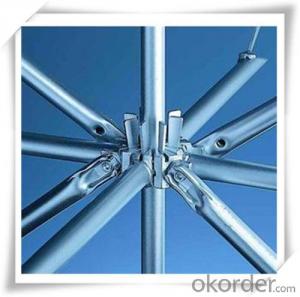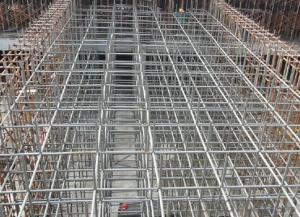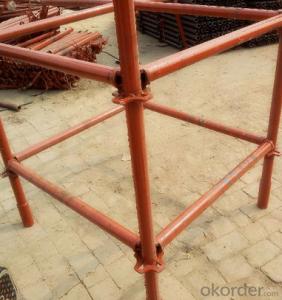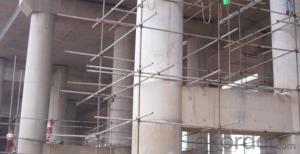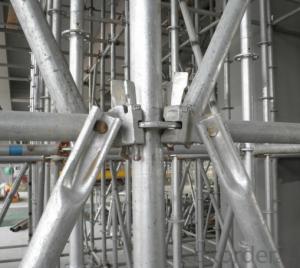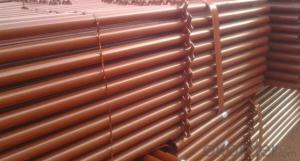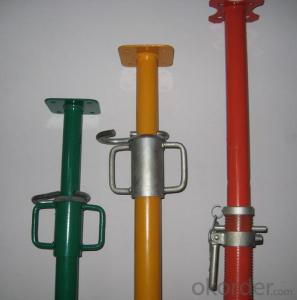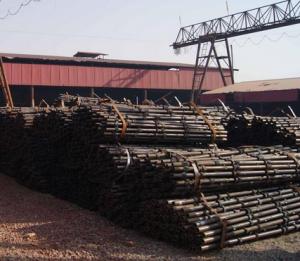Scaffold Brackets
Scaffold Brackets Related Searches
Scaffold Netting Scaffolding Bars Scaffolding Wheels Scafolding Best Scaffolding Scaffolding Props Scaffolding Bracing Types Scaffolding Roof Scaffolding Access Advanced Scaffolding Catwalk Scaffolding Scaffold Bridge Scaffold Platform Research Scaffold Collapsible Scaffolding Aluminum Scaffold Picks Scaffold For Sale Craigslist Unbanded Scaffold Boards Wedge Lock Scaffolding Scaffolding Canada Drywall Scaffolding Modular Scaffolding Types Of Scaffolding Pipe Scaffolding Scaffolding Width Scaffold Hoist Baker Scaffold Wheels Scaffolding In India Plastic Scaffold Planks Bricklayers Scaffold For SaleScaffold Brackets Supplier & Manufacturer from China
Scaffold Brackets are essential components used in the construction industry, specifically designed to support and stabilize scaffolding structures. These brackets come in various shapes and sizes, depending on the specific requirements of the project, and are made from durable materials such as steel or aluminum to ensure strength and longevity. They play a crucial role in ensuring the safety and stability of scaffolding systems, which are vital for workers to access elevated areas during construction or maintenance tasks.Scaffold brackets are widely used in various construction applications, including residential and commercial building projects, as well as in the maintenance and repair of existing structures. They are particularly useful in situations where workers need to access high or hard-to-reach areas, such as during the construction of multi-story buildings or the maintenance of large industrial facilities. By providing a secure and stable platform, scaffold brackets enable workers to perform their tasks efficiently and safely, reducing the risk of accidents and ensuring timely completion of projects.
Okorder.com is a leading wholesale supplier of Scaffold Brackets, offering a vast inventory of high-quality products to cater to the needs of various construction projects. With a wide range of options available, customers can easily find the right scaffold brackets to suit their specific requirements. As a reputable supplier, Okorder.com is committed to providing excellent customer service and ensuring that customers receive their orders promptly and in perfect condition. By partnering with Okorder.com, businesses can benefit from competitive prices, reliable supply, and the assurance of quality products that meet industry standards.
Hot Products

